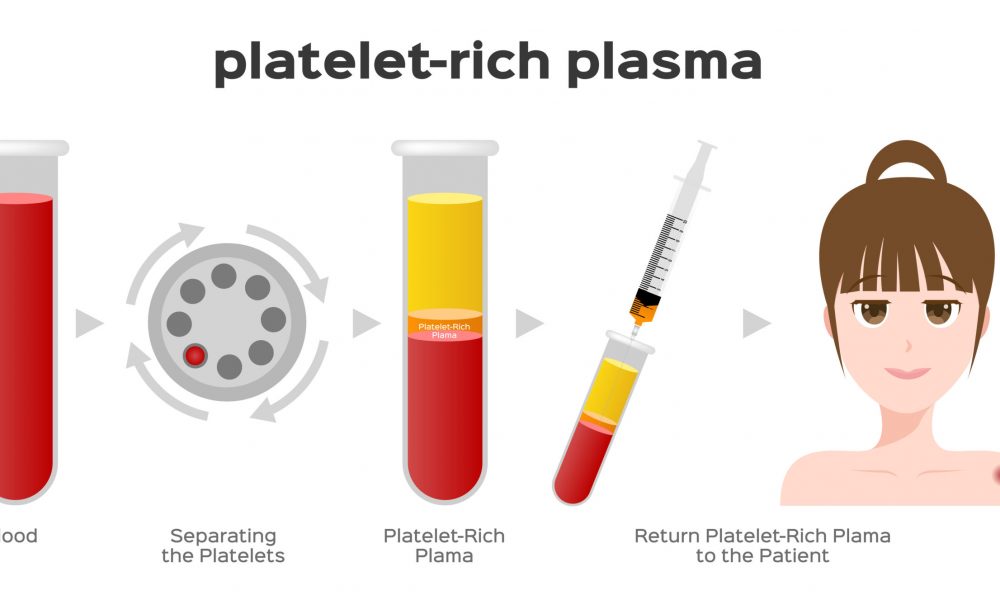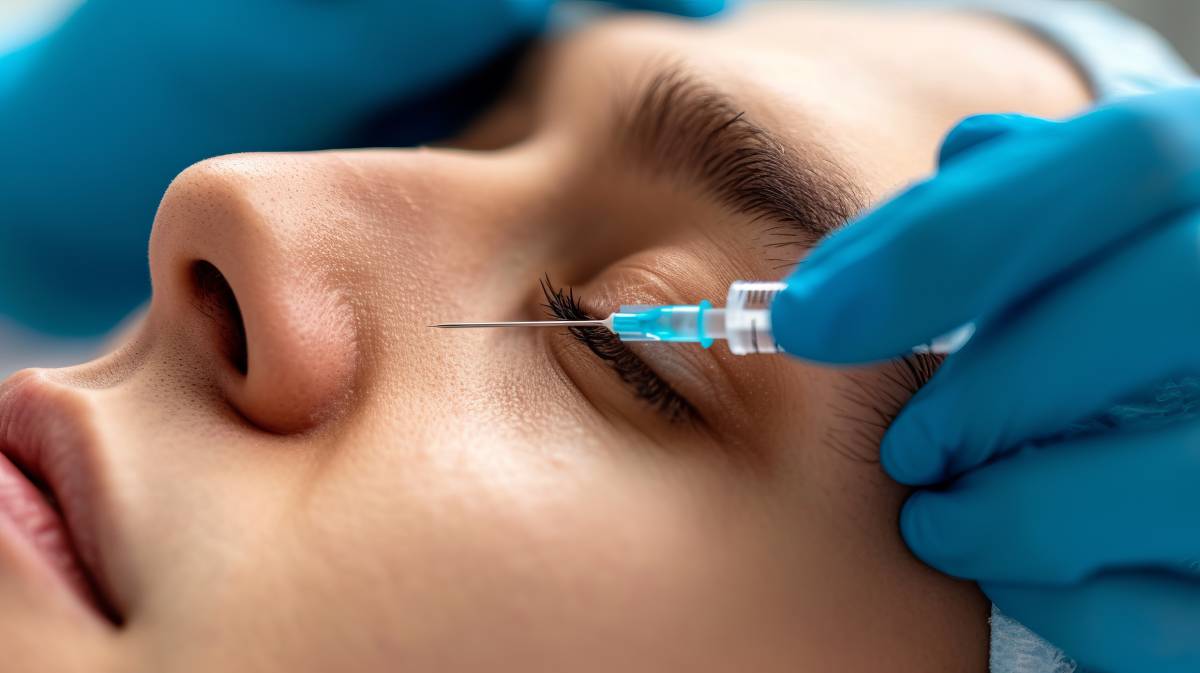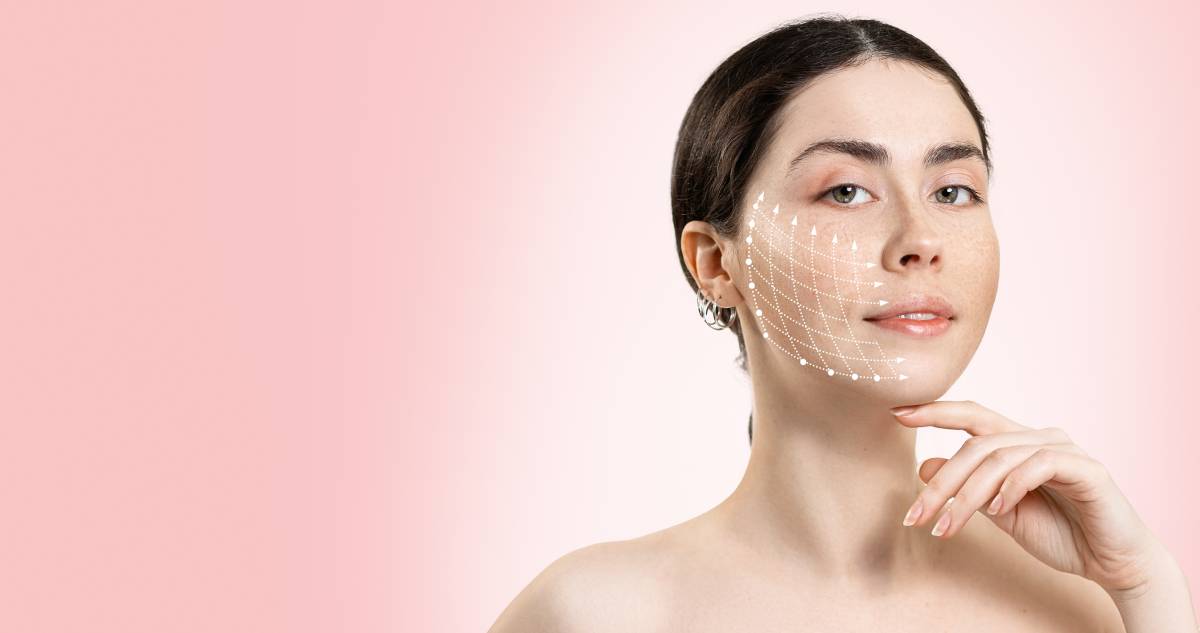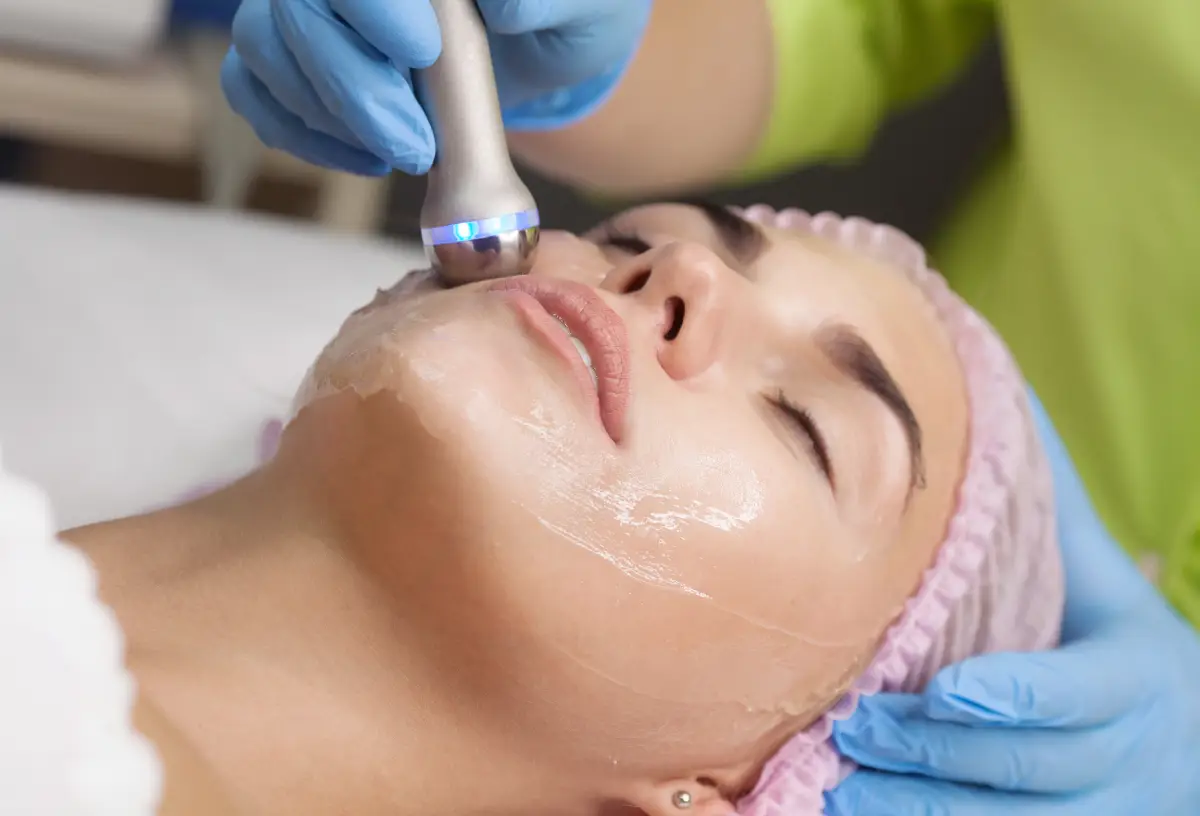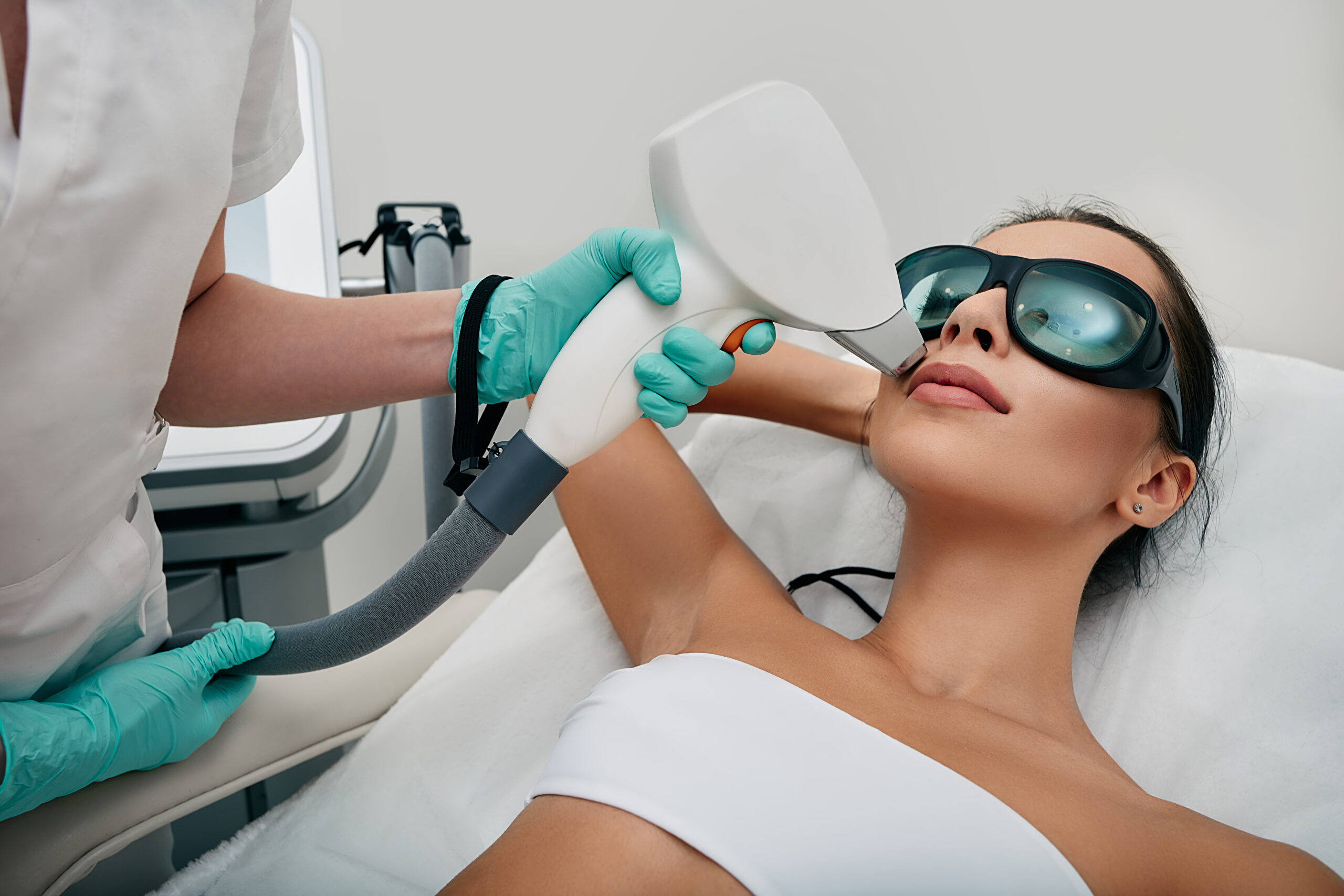Platelet Rich Plasma, or PRP for short, is a popular hair treatment. It revolves around the miracles our bodies possess towards self-healing and rejuvenation. PRP utilizes our body’s stem cells taken from our blood in regenerating and repairing skin tissue, especially one in the head. As a result – PRP hair treatment gives long-lasting results. But one question remains – is it painful? Today, we’ll know more about this miracle procedure and determine if it genuinely hurts and is worth it, whether painful or not.
What is PRP Hair Treatment?
Platelet-rich plasma, also commonly shortened as PRP, is a treatment that utilizes concentrated platelets injected into the skin. This process speeds the body’s healing process, producing regenerative results. With our own body’s natural healing abilities, PRP treatments can heal parts of the body such as tendons, ligaments, muscles, and joints much quicker and more efficiently. It can also be used as a treatment for hair loss.
Today’s advanced technology and innovations in the cosmetic market offer the latest regenerative medicine for hair loss – PRP injections! Cell production is stimulated and increased by using your blood injected into your scalp. With the help of PRP, it promotes healing, especially in people who have experienced hair loss!
PRP is also called the “Vampire Facial.” It may sound like something that came directly from a Science Fiction movie, but patients are discovering that it can, and their numbers – are increasing. It is referred to as a “Vampire Facial” because this procedure uses the patient’s blood, but not because of the reason that it turns people pale and sparkly.
The healing process stimulated in this treatment is aided by plasma injections. Plasma is found in the blood and is then injected back into parts of the body, like the scalp, augmenting the healing process and allowing hair to grow back.
In general, some of the benefits you can get with PRP are the following:
- Promotes healing
- Improves skin complexion
- Reduces acne scars
- Reduces deep creases
- Reduces wrinkles
- Revitalizes sagging skin
- It has little or no downtime!
PRP with Microneedling
Microneedling with Platelet Rich Plasma (PRP) involves the preparation of blood from the patient’s arm for microneedling. Then, the plasma gets separated from the red, and white blood cells inside a centrifuge spun very fast.
After running several tubes of the patient’s blood through the centrifuge, separating the platelets, this suspension is injected back into the body in the affected areas like the scalp, encouraging the body’s natural growth factors to heal the damaged tissues, allowing hair follicles to grow back hair that’s been lost.
What Does PRP Microneedling Do?
PRP Microneedling involves puncturing the skin using fine, sterile needles to produce tiny piercings. Platelet-rich plasma is then injected back into these piercings. This process lets the production of collagen and elastin levels increase, giving patients hair regrowth and scalp rejuvenation.
As it is also an excellent treatment in stimulating hair growth both in men and women slowly losing their hair, PRP with microneedling has become one of the most popular hair loss treatments available in the cosmetic market today.
Additional Benefits
Aside from being beneficial in hair regrowth and scalp rejuvenation, PRP paired with microneedling can also provide additional benefits such as:
- Reduce broken capillaries and spider veins
- Smoothen and even skin tone
- Make acne scars less noticeable
- Reduce the skin’s pore size
- Rejuvenate and firm the skin and its overall appearance
- Promote glowing complexion of the skin
- Reduce fine lines and wrinkles
- Provide amazing healing powers
FAQs About the ‘Hurt’ Part
Let’s get down to business. Although quite popular nowadays, PRP still gets some people questioning its safety and effects, especially if it’s painful or not. Here are some of the most common questions people ask about PRP and how painful it can be.
“Do PRP injections hurt?”
Generally speaking, PRP injections, primarily when used on the scalp, are not that painful. However, one might experience discomfort, and its levels can depend on the patient’s tolerance to pain when being treated. Injections that usually go into the joints are of minimal discomfort, with other parts of the body, such as the scalp, having little to no pain.
“Why is PRP so painful?”
It’s not. Well, that depends still. Platelets release many chemicals that can summon or call on other reparative cells of the body towards the area of injury, for this instance, the targeted areas. When these platelets release their chemicals, they can cause an inflammatory response. This so-called inflammation effect is also why PRP injections into the tendons, muscles, and ligaments will genuinely hurt.
“Can I make PRP less painful? How?”
Using local anesthetics to prevent pain during PRP injections is one thing you can have. But it could also compromise the therapeutic potentials PRP has to offer. The results you can get from this treatment suggest using local anesthetics carefully or limiting their use as often as possible. You can minimize potential injection pain by using the recommended 30 G needles.
“How long does scalp hurt after PRP?”
Although the hurt you may feel after having PRP will not prevent you from doing most everyday activities, some side effects and potential pain in the scalp will still bother you. Fortunately, this cumbersome pain usually diminishes after three (3) to four (4) weeks. After this time, it should be gone entirely and have faded after three (3) to six (6) months.
“How much painful is PRP?”
In general, PRP injections in the scalp are not painful. However, this sensation may vary by the patient or the areas of the body in which these injections are administered. Your doctor or healthcare provider may suggest a local anesthetic to manage any possible discomfort. Typically, general anesthesia is not that often used in conjunction with PRP therapy, even with microneedling added to the mix.
Final Takeaways
Platelet-rich plasma, or PRP, is today’s approach towards hair loss that has devastated many people before but can now be alleviated and have their rich, flowy mane back in action. Like for any treatment or procedure, it is best to have a word with your doctor or healthcare provider and discuss if PRP is the best treatment to help you with your hair loss concerns. Remember that PRP can be effective but can also depend on whether you genuinely need it or not.
Do you want PRP treatment for your hair loss concerns? Our great friends at Savvy Chic Medspa can help you today. Visit them now! https://savvychicmedspa.com/

